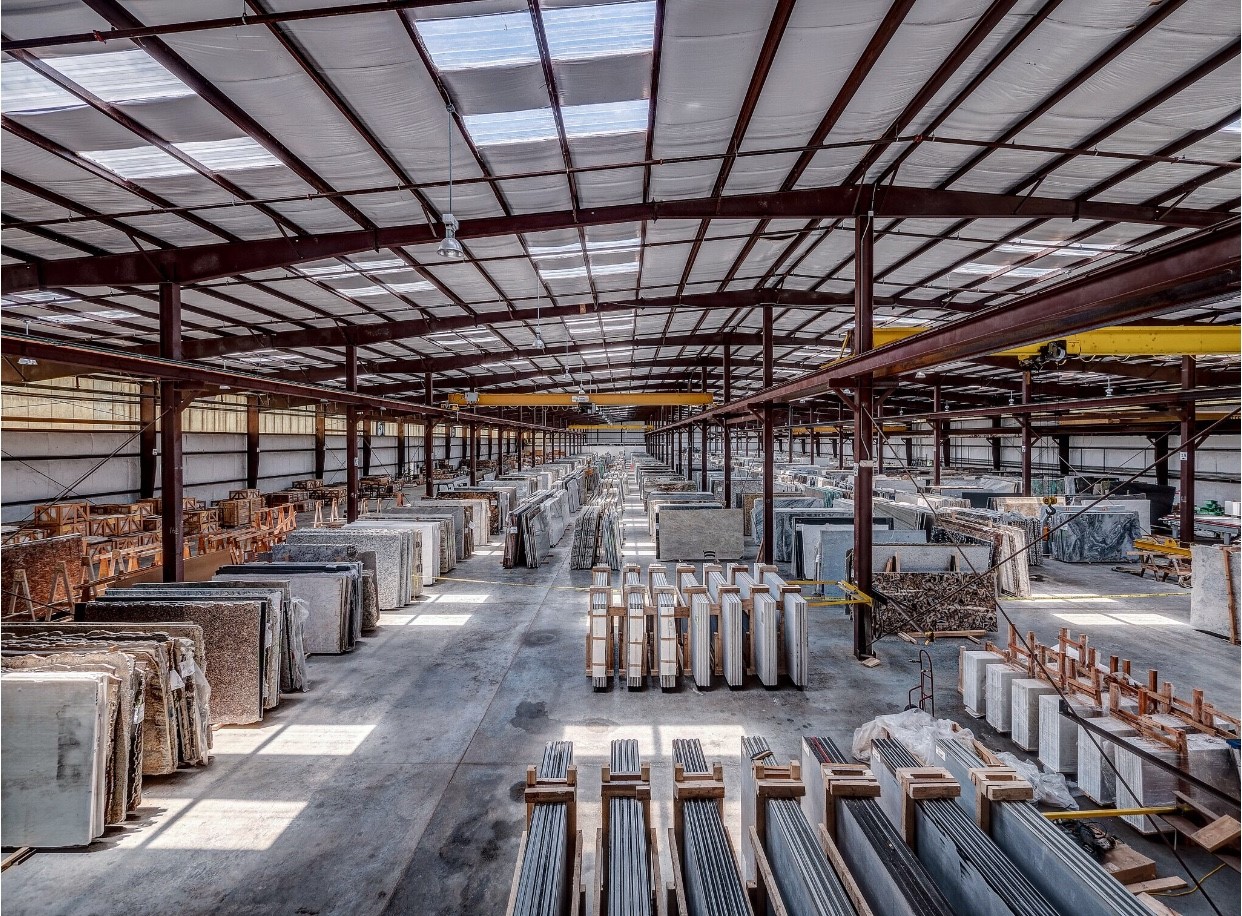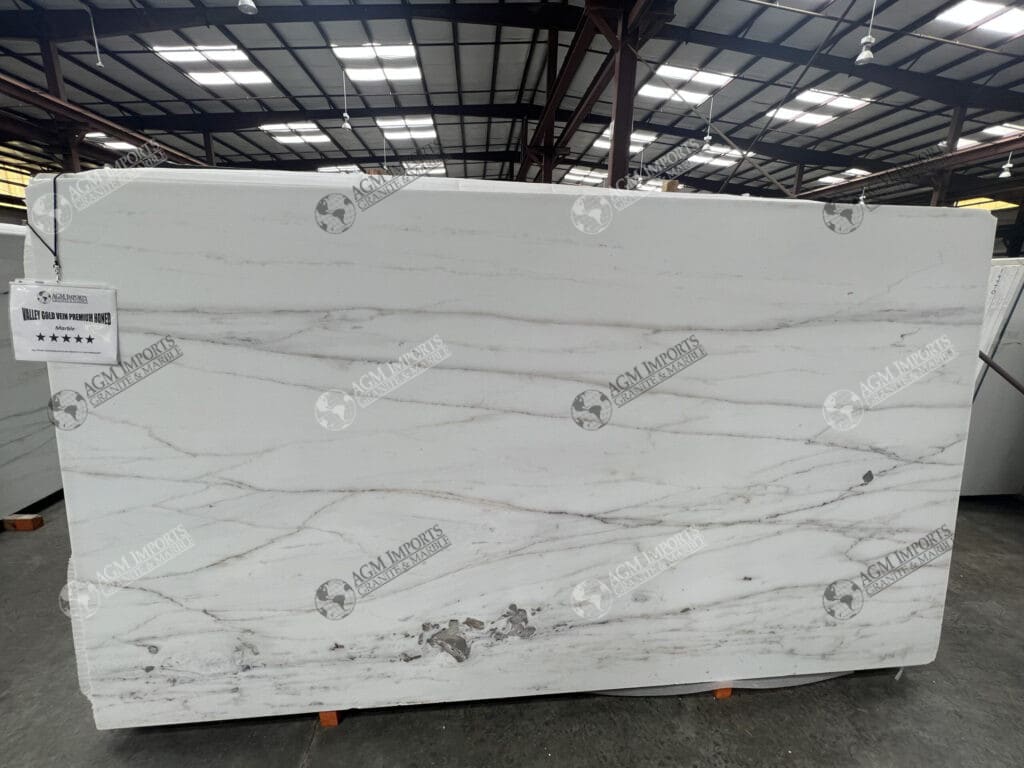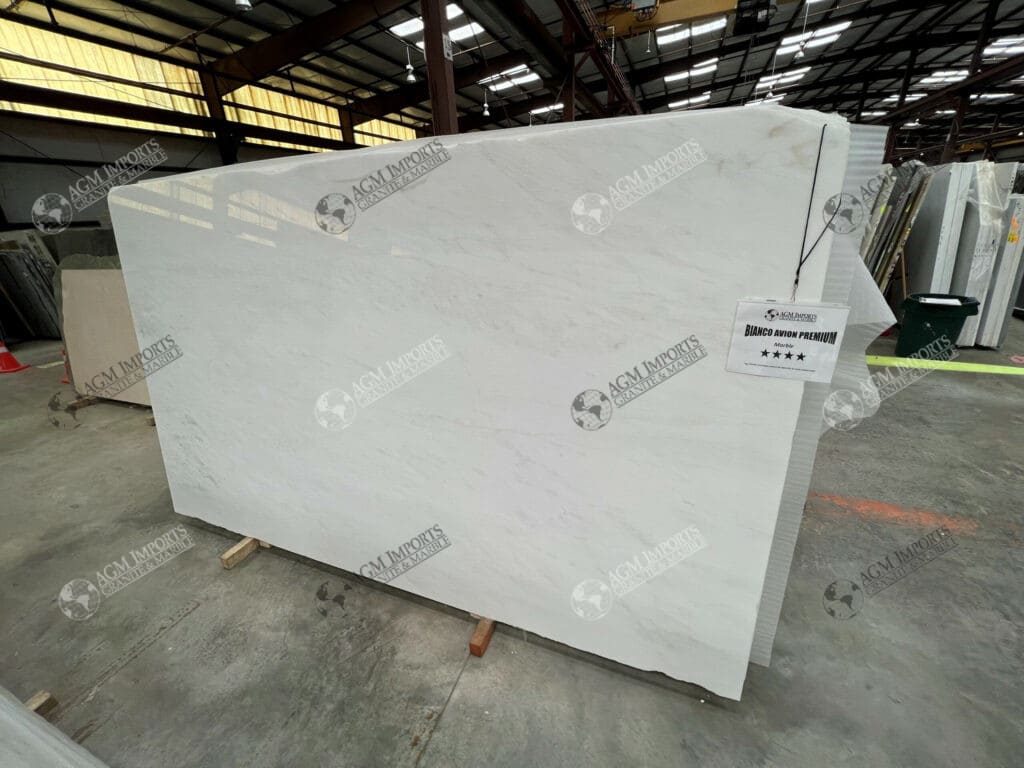
Marble Surfaces: Insight Before You Buy
Marble surfaces have been used for centuries and continue to be a popular choice in homes and businesses today. This beautiful and versatile natural stone has a unique look and feel that adds sophistication to any space and symbolizes luxury and timeless elegance, making it an enduring choice for modern homeowners and designers.
Benefits of Marble Surfaces
Choosing the perfect surface material for your space can be a game-changer. Marble surfaces extend far beyond their dazzling looks, offering a host of benefits that can enrich your living experience.
- Aesthetics: Marble has a unique and beautiful appearance that is unmatched by any other surface type. Its natural veining and color variations make each piece of marble unique and add character to any space.
- Durability: Marble is a durable and long-lasting material. When properly sealed and maintained, marble surfaces can last for decades and even centuries.
- Heat Resistance: Marble is a great choice for kitchens and other areas that see high heat. It is heat-resistant and won’t melt or warp from high temperatures.
- Adds Value: Marble surfaces, owing to their regal appeal, can significantly enhance the value of your property.



Maintenance of Marble Surfaces
Proper maintenance is key to ensuring the long-lasting beauty and durability of marble surfaces. Sealing, cleaning, and occasionally removing stains are some of the common upkeep with marble surfaces.
- Sealing: Marble surfaces need to be properly sealed to prevent stains and damage from water or other liquids. It is recommended to seal your marble surface once a year.
- Cleaning: To properly clean your marble surface, use a soft cloth or sponge and a gentle cleaning solution. Avoid using abrasive cleaners or tools that can scratch the surface.
- Stain Removal: If your marble surface does get stained, use a poultice to draw out the stain. Poultices can be made from a mixture of baking soda and water or from a specialized marble stain remover.
Comparing Marble Surfaces to Other Countertop Materials
Each surface material brings its own set of benefits, making the decision a complex one. Here are a few popular surface types, and how they compare to marble surfaces.
- Quartz: Quartz surfaces have a more consistent look because they are man-made. Manufacturers can control the color, pattern, and texture of the quartz slab, whereas marble slabs are unique, and no two pieces are exactly the same.
- Granite: Granite surfaces are one of the hardest natural stones. They have a similar look to marble, exhibiting a lot of variation in its color and pattern, but it’s known for its speckled, granular appearance.
- Quartzite: Quartzite is a natural stone that is similar in appearance and uniqueness to marble. Quartzite surfaces are typically more granular, and can have sparkly appearance, while marble is characterized by its classic veining and subtle glow.

